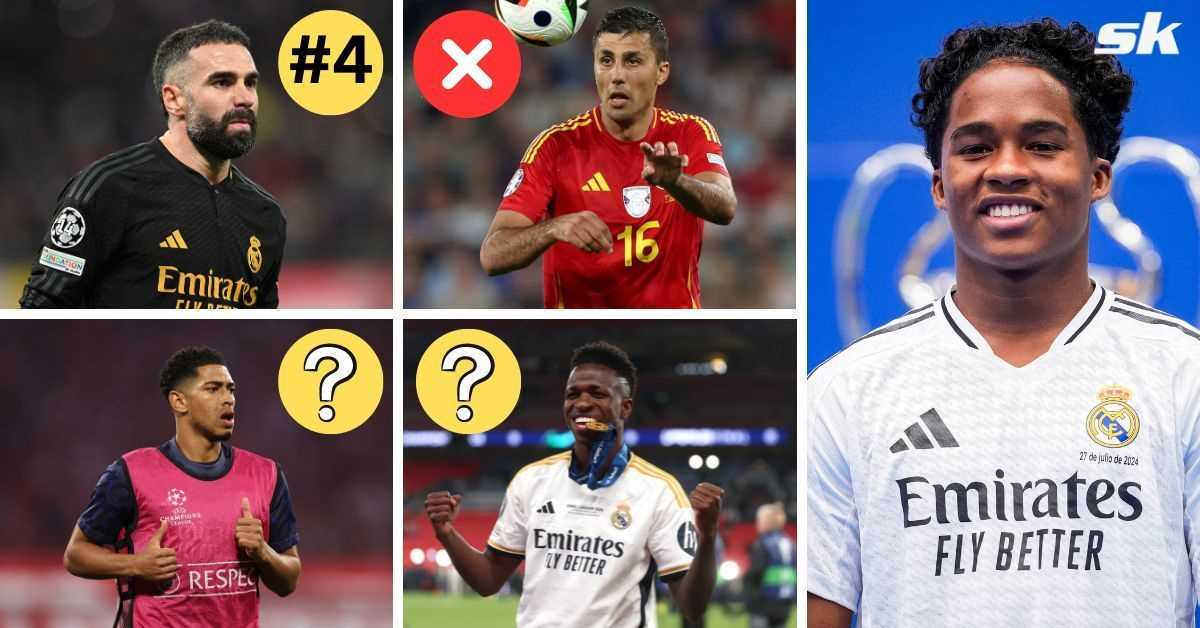In the world of soccer, certain roles on the field demand a unique blend of skills and strategic thinking. These pivotal positions often determine the flow and success of the game. Understanding these roles offers insight into how individual contributions can influence team dynamics and performance.
One such role involves a player who is crucial in both defensive and offensive scenarios. This position requires a deep understanding of game tactics and an ability to adapt to various challenges presented by opponents. The effectiveness of this role often becomes evident through exceptional playmaking and defensive maneuvers, showcasing the player’s versatility and tactical acumen.
The Player’s Field Role
The role of this key defender on the pitch is crucial for both offense and defense. Positioned predominantly on the right flank, their responsibilities include not only defending against opposing wingers but also supporting attacking plays. With an emphasis on versatility, this player excels in both stopping counterattacks and contributing to the team’s offensive strategies.
In defensive scenarios, their primary duty is to provide a solid barrier against attacks, using their agility and tactical awareness to intercept passes and challenge opponents. Offensively, their ability to make overlapping runs and deliver accurate crosses adds a significant dimension to their team’s attacking options.
Overall, the player’s role blends defensive solidity with offensive support, making them an integral part of the team’s tactical setup.
Defensive Strategies and Responsibilities
In the realm of defense, key strategies and duties are essential for a successful backline. Understanding the core responsibilities involves a blend of positioning, marking, and tackling. Each player must be adept at reading the game, anticipating opponents’ moves, and executing precise interventions.
- Marking: Effectively shadowing opponents to limit their opportunities and create pressure.
- Positioning: Maintaining optimal placement on the field to cover critical areas and support teammates.
- Tackling: Applying well-timed challenges to regain possession and disrupt the attacking flow.
- Communication: Coordinating with fellow defenders to ensure a cohesive and organized defensive unit.
- Coverage: Providing support and backup to prevent any gaps in the defense that could be exploited by the opposition.
Impact on Team Dynamics and Success
The influence of a key player on team performance extends beyond individual statistics. Their role can fundamentally shape how the team functions as a unit, affecting both strategy and morale.
- Coordination and Strategy: The integration of a central figure often dictates the tactical approach of the squad. Their movement and decisions can lead to more cohesive gameplay and synchronized team efforts.
- Leadership and Morale: Effective leaders contribute to higher team morale. Their presence can motivate teammates, foster a positive environment, and enhance overall team spirit.
- Key Matches Highlighting His Skills

Throughout his career, there have been numerous significant games that showcased his exceptional abilities on the field. These matches often illustrate his defensive prowess, tactical awareness, and his crucial contributions in both offensive and defensive scenarios. By analyzing these pivotal encounters, one can gain a deeper understanding of how he impacts the game and his value to the team.




